Memory-Encoded Spaces — Using Cognitive Anchors to Create Memorable Organization Systems
This page may contain links to Amazon.com or other sites from which I may receive commission on purchases you make after clicking on such links. Read my full Disclosure Policy
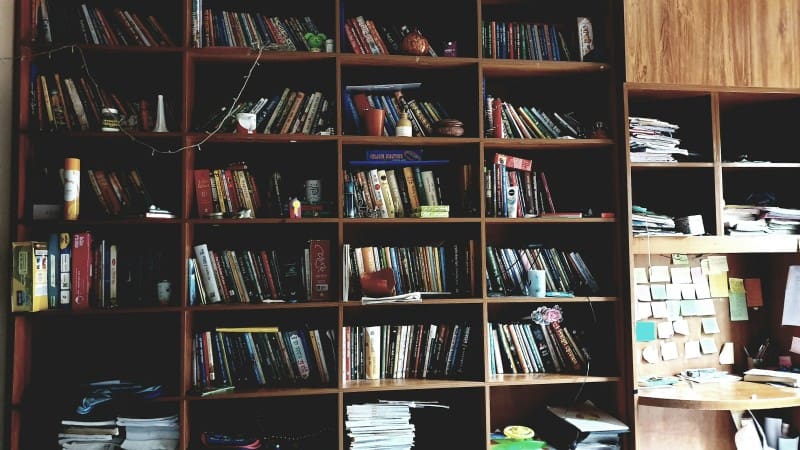
Creating memorable spaces for clients that feel effortlessly curated is your objective as a professional organizer. The goal is to support your clients’ unique needs, whether increasing productivity in their home office or encouraging aging in place.
The science of memorable organization can embed cognitively inspired techniques into spaces, helping even the most cluttered people. Realize the power of memory encoding for professional organizers to improve your clients’ cognitive abilities in their renewed homes.
What Are Cognitive Anchors, and How Do They Relate to Memory-Encoded Spaces?
Cognitive anchors for your work use physical reference points to create mental associations. These inspire memory-based organizing techniques for clients, such as using color-coded folders for various work-related documents. Using cognitive anchors in professional organizing improves recall by encoding memories with consistent reinforcement. The constant exposure to specific environmental cues eventually leads to behavior changes to help people remain clutter-free.
- Visual: Uses color coding, shape recognition and pattern identification.
- Associative: Creates connections between objects, spaces and feelings.
- Spatial: Relies on location-based cues.
- Emotional: Reinforces positive emotions with an organizational space or task.
- Sensory: Engages all five senses to encode memory.
Imagine your client keeps losing a cherished piece of jewelry she inherited from her mother. Use a spatial trigger, such as putting the necklace in a jewelry box near her mother’s old favorite sitting spot in the living room. Studies show using local coordinates instead of whole rooms is more effective for memory. For example, a velvet-lined box that smells like cedar or lilacs will stimulate the senses and deepen the association. When your client wants to wear the piece, she will automatically gravitate toward the location by reliving those sensory memories.
These triggers are perfect for establishing a memory palace for your clients. Eventually, people will associate senses and shapes with where to put and retrieve items, making it easier to maintain long-term.
Memory-Encoded Spaces in Professional Organizing
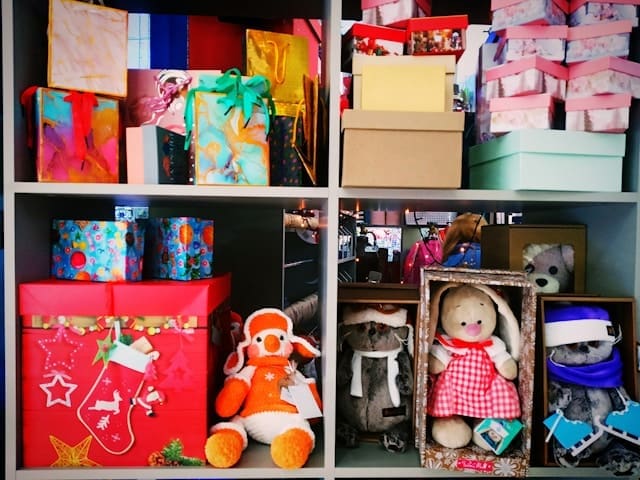
You’ll understand memory-encoded spaces better if you know why clients forget where things belong. People misplace everything from utility bills to car keys every second. Cognitive decline is a concern, but more common influences harm retention, including:
- Fatigue and sleep deprivation
- Alcohol
- Natural aging
- Anxiety and depression
- Stress
- Repressing events
- Failure to store something in long-term memory
- When new information supersedes old
Memory-encoded spaces are more potent than conventional organization methods because they are easier to maintain. As your clients’ recall steadily increases, the cognitive energy they need to use will decrease significantly.
For example, a parent may develop an associative anchor with the warming weather in spring and the sensory prompt of vacuum-sealed clothes bags crackling and expanding. This cue reminds them that they store their family’s winter coats and blankets in space-saving containers under the bed.
Cognitive anchors are valuable for clients of all backgrounds and goals. Establish visual cues for seniors with memory challenges so they can quickly find what they need. Children function well with sensory and emotional anchors, helping them form strong memories early in development. Even digital spaces can use these principles by naming folders to incite emotional responses, guiding clients through folders until they find the positive memory they seek.
How to Design Intuitive Organization Systems
Creating organization systems your clients can maintain requires knowledge about how to display, group and select anchors. Learn how to do so in a few easy steps.
First, determine which cognitive anchors will most successfully design the memory-encoded space. More emotionally controlled clients may need spatial or sensory cues to guide them, whereas those with a knack for interior design may need colors and labels for organizational aids. Identify what aligns with their learning style.
Spaces should also feel intuitive to your clients’ lifestyles. If a family is remodeling their kitchen to add an island, you must revise their mental associations. They might have put canned goods and other nonperishables in the cupboard, but now they can fit them near the massive prep station area in the island. Make the visual and sensory anchors clear, so they quickly overwrite old associations before becoming frustrated with the changes.
Over time, you must measure their progress with observation and self-reporting. Ask them whether visual or verbal cues are more impactful. Get curious, discover where organizational mistakes frequently occur and find a solution that aligns with their natural tendencies.
Documenting progress also reinforces positive memory hooks. The more clients analyze their tendencies, the greater their self-awareness becomes. Once they have the basics down, you can try follow-up techniques to strengthen encodings, such as recall puzzles and mnemonics.
Action Steps for Professional Organizers
Cognitive psychology applications for organizers are diverse, allowing you to experiment with the most personalized solutions for your clients’ lives. Try incorporating them into your work to help households of all needs and abilities. Over time, you’ll discover organization systems that stick long-term using the principles of memory-encoded spaces.
Photos by joba khan and Dmitry Burdakov on Unsplash
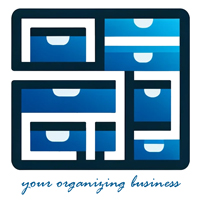

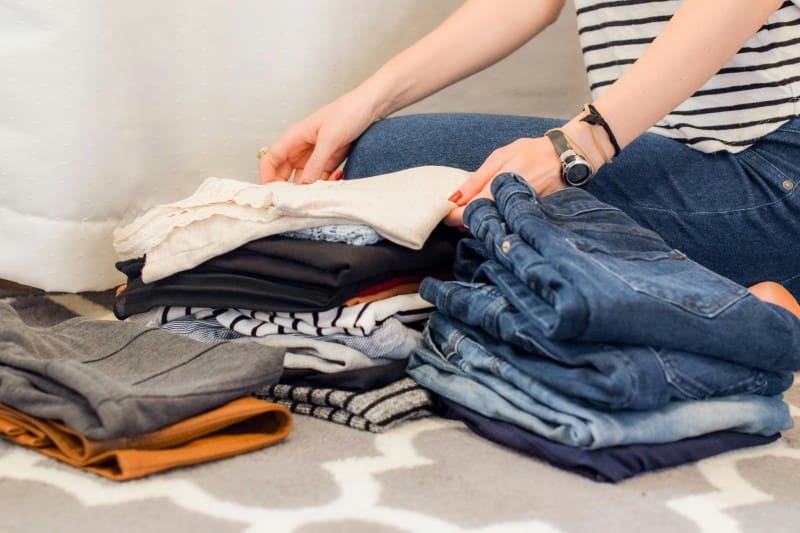
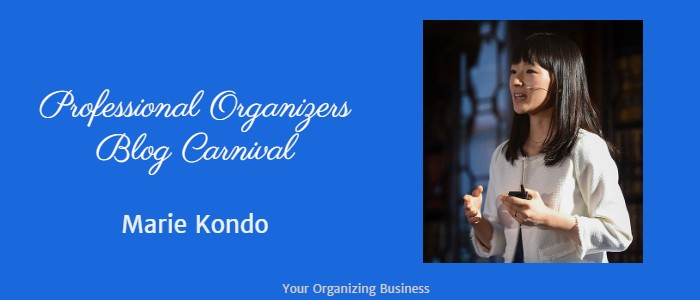
I love this idea of using various cues to help clients remember where things should be stored. I think the hard part is figuring that out when I only work with a client once or twice. The ones that I work with over extended periods of time I have a better opportunity to identify which associations work best.
One way to try and tap into that is to ask the clients where they would think to look for item X, and why? I often find clients are embarrassed by their reasons, so I try and tell them that there are no wrong answers, and if they can find an answer, they are helping me understand how they think.
I use all of these types of associations and clues, both in my own life and professionally. Great topic for a blog post!
That’s an interesting point about working with long-term clients. It’s the same in my industry. The more I learn about my clients and their businesses, the better equipped I am to think of ways to help them achieve their goals.
Your approach is wonderful. Your clients must love you!
What a great topic! I use most of these anchors at some time or another with clients. I ask where they would look for the item if they wanted it. I also ask where they use the item – no judgement. If you do your nails while you sit on the couch, then having your nail stuff in a drawer of an end table by the couch makes perfect sense.
And, of course, putting like items together helps them remember where to look. We just have to have the discussion on what “like items” means to them.
Also, with my ADHD clients especially, I have them take a minute and visualize where they have just stored an item. I will even have them say out loud, ” I put xxx in this drawer because….”
Wow, I never thought of keeping my nail stuff in the living room, but it makes perfect sense! Thanks for the organizing tip and for taking the time to share how you work.
Rose’s points about cognitive anchors and memory-encoded spaces are apt, and a part of professional organizing that I sense most (residential, at least) organizers use even if they aren’t formally familiar with the terms.
However, I’m surprised that ADHD wasn’t mentioned as an element causing people to forget where they’ve left things. While all of the aspects she mentioned (but particularly stress, depression, and anxiety) are causative in this regard, I would be willing to bet that the most common reason we see people misplace their items — why they put things down instead of putting them away — is because they are paying no attention to what they are *doing* and only thinking of the next shiny thing. Self-reporting is, indeed, helpful, except that a memory must be encoded in order to be grasped, and often clients with ADHD are unaware of the thing they are doing (putting things down) because they are not focusing on their current actions.
I also agree with Seana, above, about how difficult it can be to gain a clear sense of the “why” a client has left something someplace (and why they’d think to look elsewhere) when they aren’t longer-term clients. For clients that are one-offs, there’s often a rush to “do” because there’s a limit on how much we can interpret about their inclinations, motivations, and experiences.
Great material, and it gives us a lot to consider.
Great points, Julie! The more I learn, the more I realize how little I knew when I was a professional organizer. I did have some success stories though, so I wasn’t a total disaster.